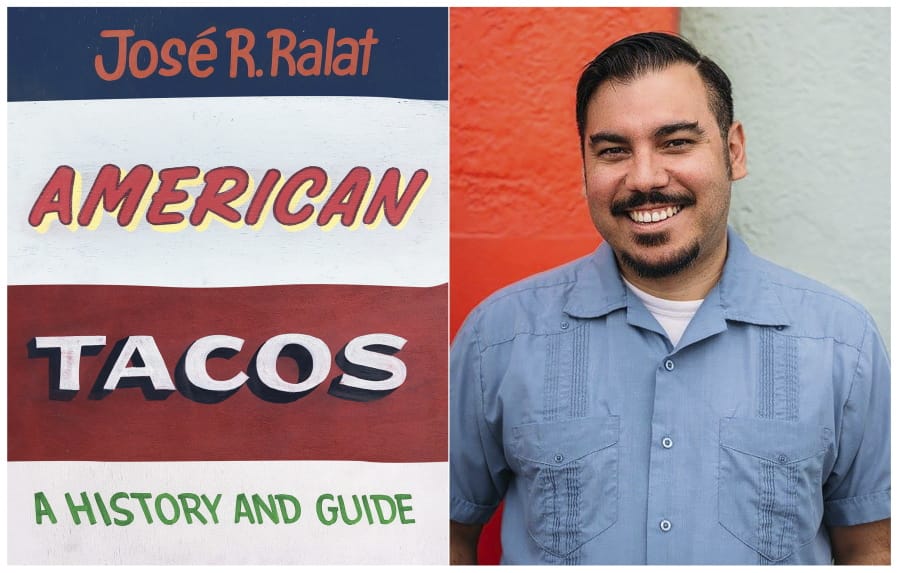RIO RANCHO, N.M. — You can eat one with carne asada and corn tortillas in East Los Angeles, or one with flour and pit-grilled pork known as al pastor in Dallas. Travelers can pick a few up outside of Berlin’s Schonefeld Airport before boarding a flight, or grab one with albondigas and collard greens in Memphis, Tenn.
In each place, you can taste the social and global evolution of the taco, according to Jose R. Ralat.
Some tacos incorporate the influence of Asian or Jewish cuisine. Others do their best to stay true to traditional taco orthodoxy — although no one can agree on what that is.
Ralat, the new Taco Editor at Texas Monthly (yes, that’s his title), has written a new book exploring how this simple dish with Mexican origins has spread and been transformed, from San Antonio to Tokyo, gaining fans and sparking some outrage among purists.
A lifelong project, “American Tacos: A History and Guide” (University of Texas Press) comes from Ralat’s travels throughout the United States and examines a dish that has come to transcend borders, barriers and bullets.
“No one owns the taco,” Ralat said in an interview with The Associated Press. “It’s a living food, and I wanted to see how it is changing as we change.”
Born in what is now Mexico, the taco is a creation of “the encounter” — the meeting of Spanish and indigenous peoples in the Americas. That meeting eventually led to the corn tortilla coming together with meats, beans and greens.
After the U.S-Mexico War of 1848, the United States grabbed nearly a third of Mexico’s northern territory, turning some ethnic Mexicans into Mexican Americans and creating a new southwestern border. The taco north of the line was now on its own, evolving for generations based on the available resources of its consumers.
As Los Angeles Times writer Gustavo Arellano outlined in his 2012 book, “Taco USA: How Mexican Food Conquered America,” Mexican Americans in Texas were forced to use yellow cheese, giving birth to what we call Tex-Mex. Isolated New Mexico used red and green chiles in their tacos. California’s ever-changing diverse population added its own flavors.
That history is what fascinated Nuyorican-raised Ralat when he began to explore how demographic upheaval and mass migration have changed the taco. He found Indo-Mex, or Desi-Tex, tacos in Houston, with restaurants using aloo tikki, saag paneer and curries. In Oregon and Florida, he stumbled upon K-Mex tacos, which use Asian fusion to introduce Korean fried chicken or bigeye tuna sashimi.
Ralat found kosher tacos in Los Angeles and Brooklyn made with peppery barbecue brisket pastrami charred with green salsa. “Deli-Mex” is what some called it, Ralat writes.
But of course, Ralat found the heart of Mexican Americana holding true to and defending taco orthodoxy.
“San Antonio does its best to remain what it calls authentic,” Ralat said. “And one could argue, that’s also needed.”



